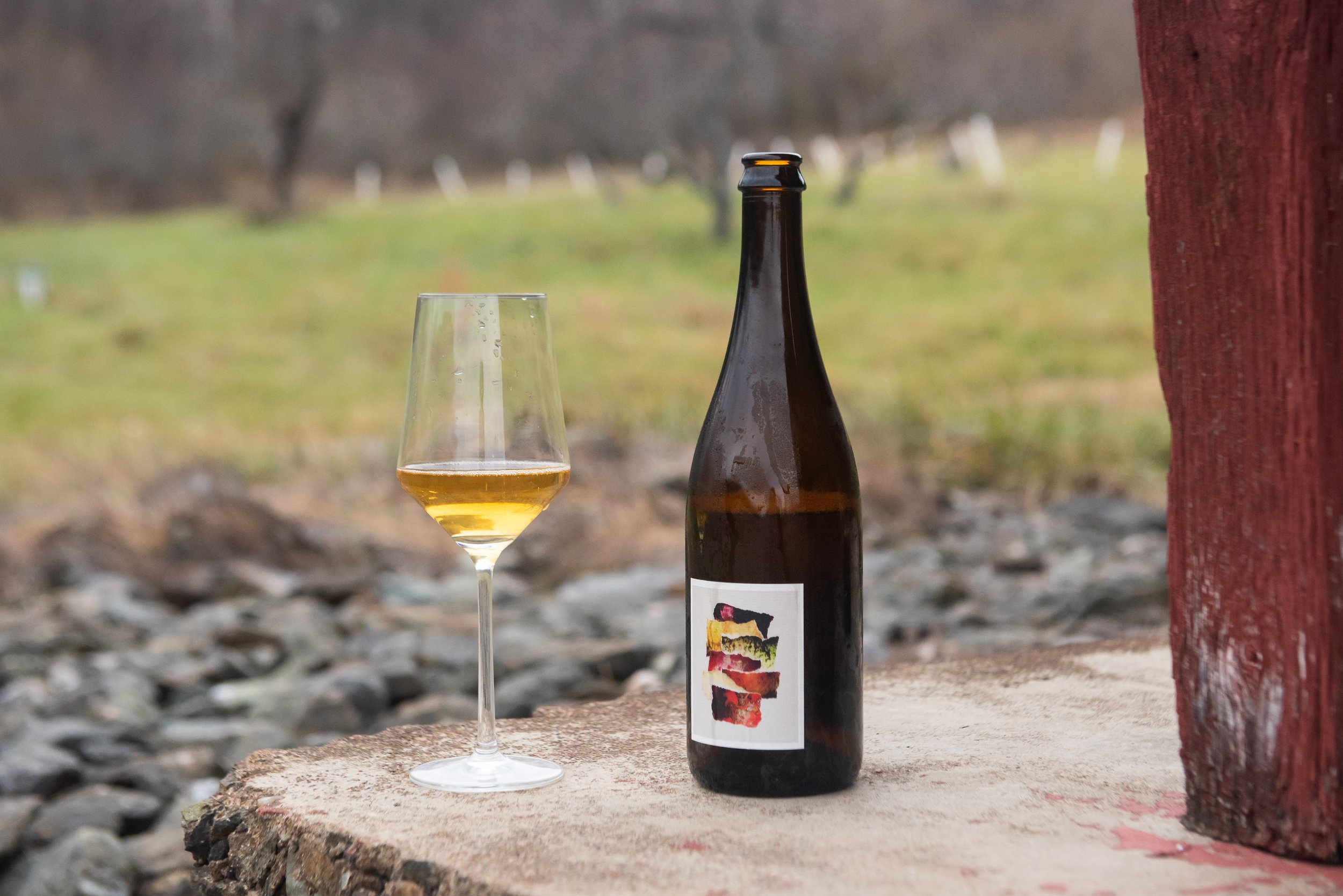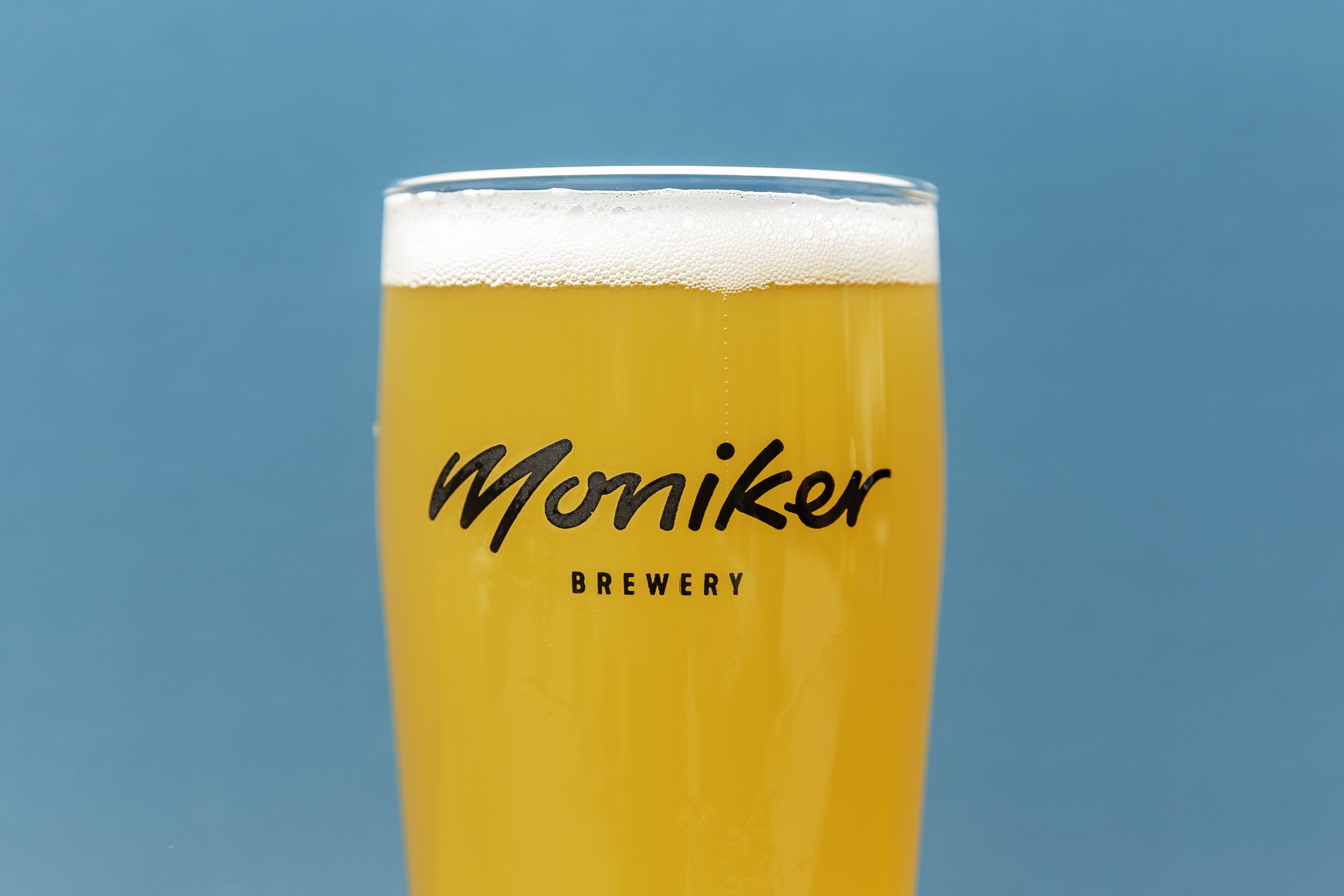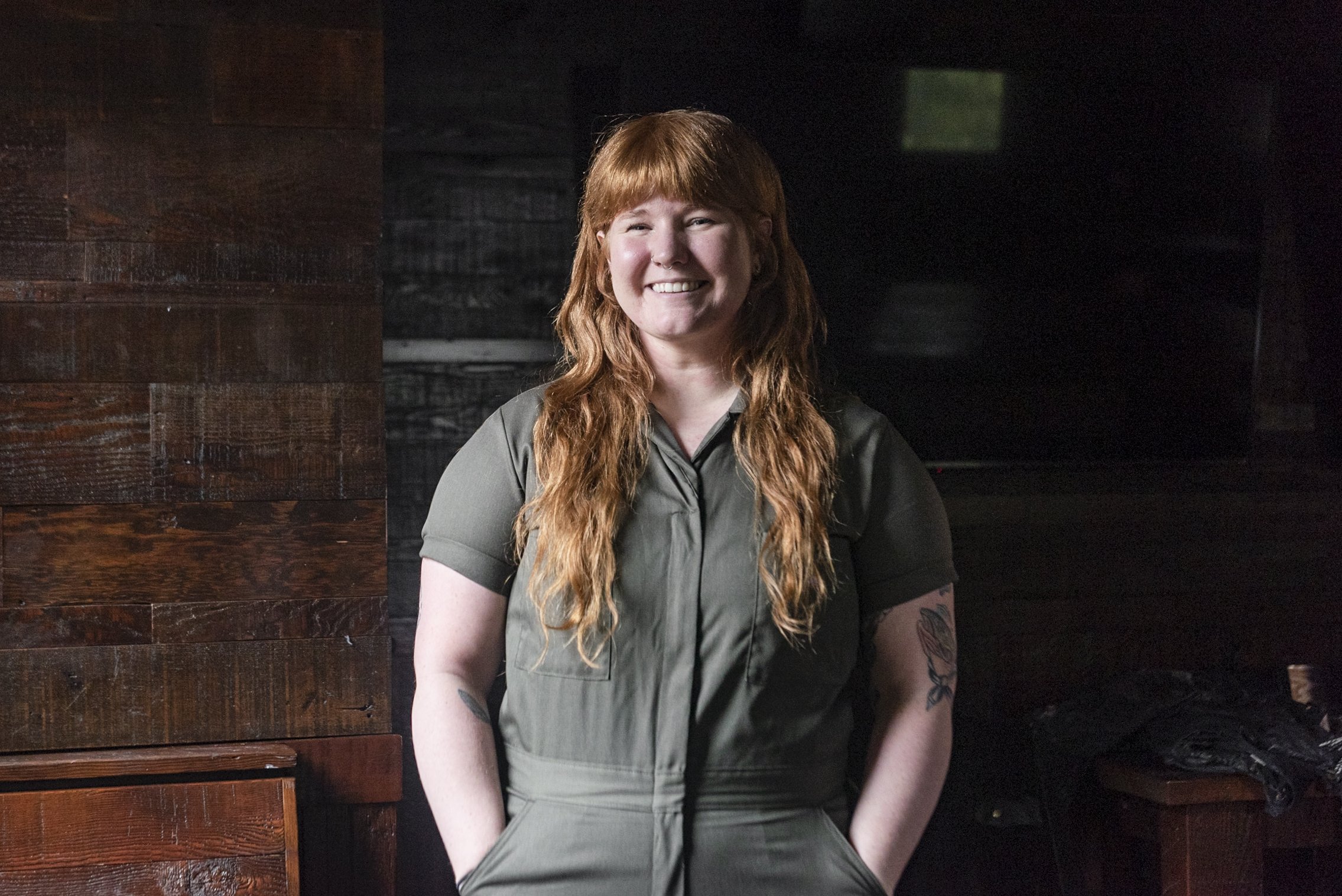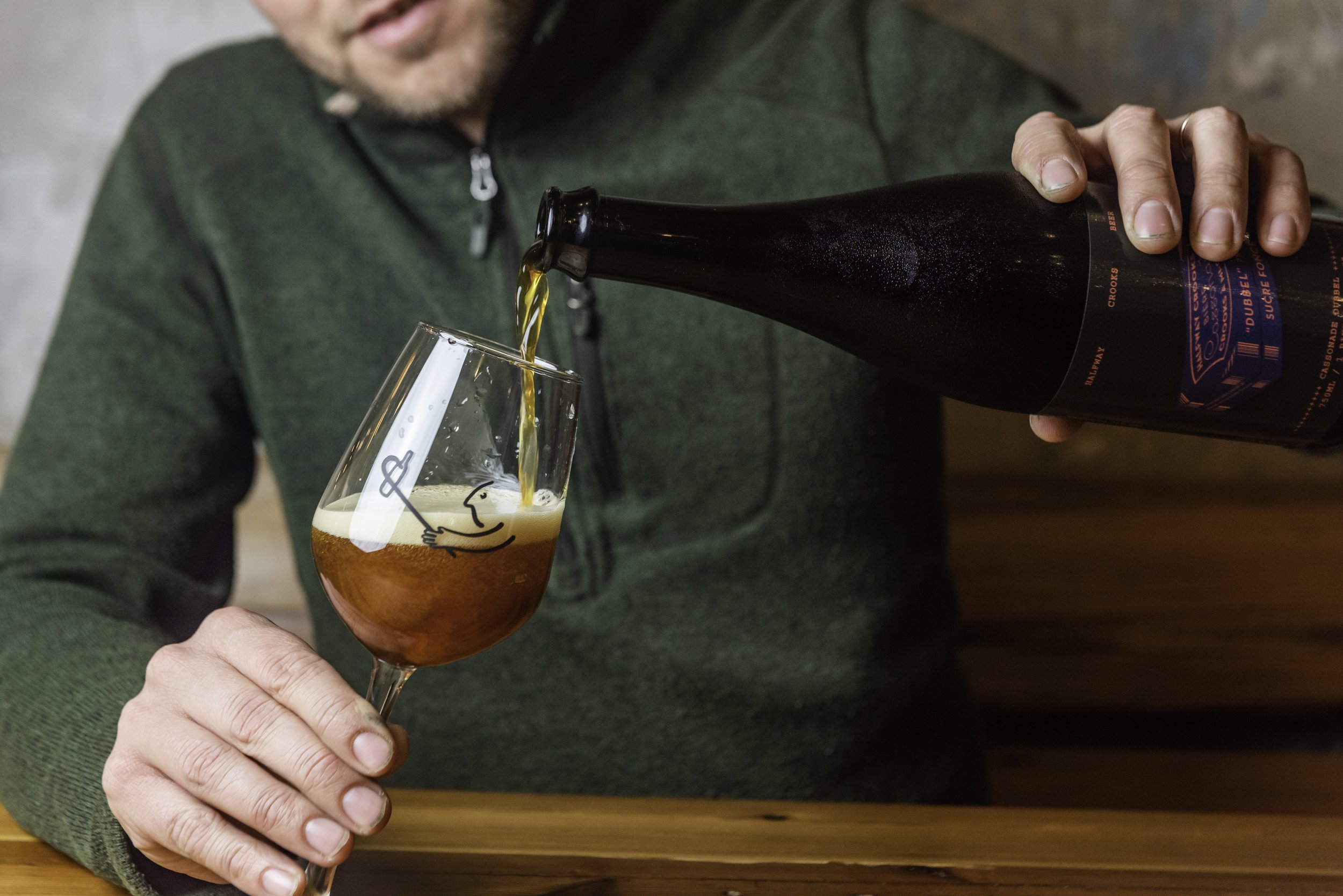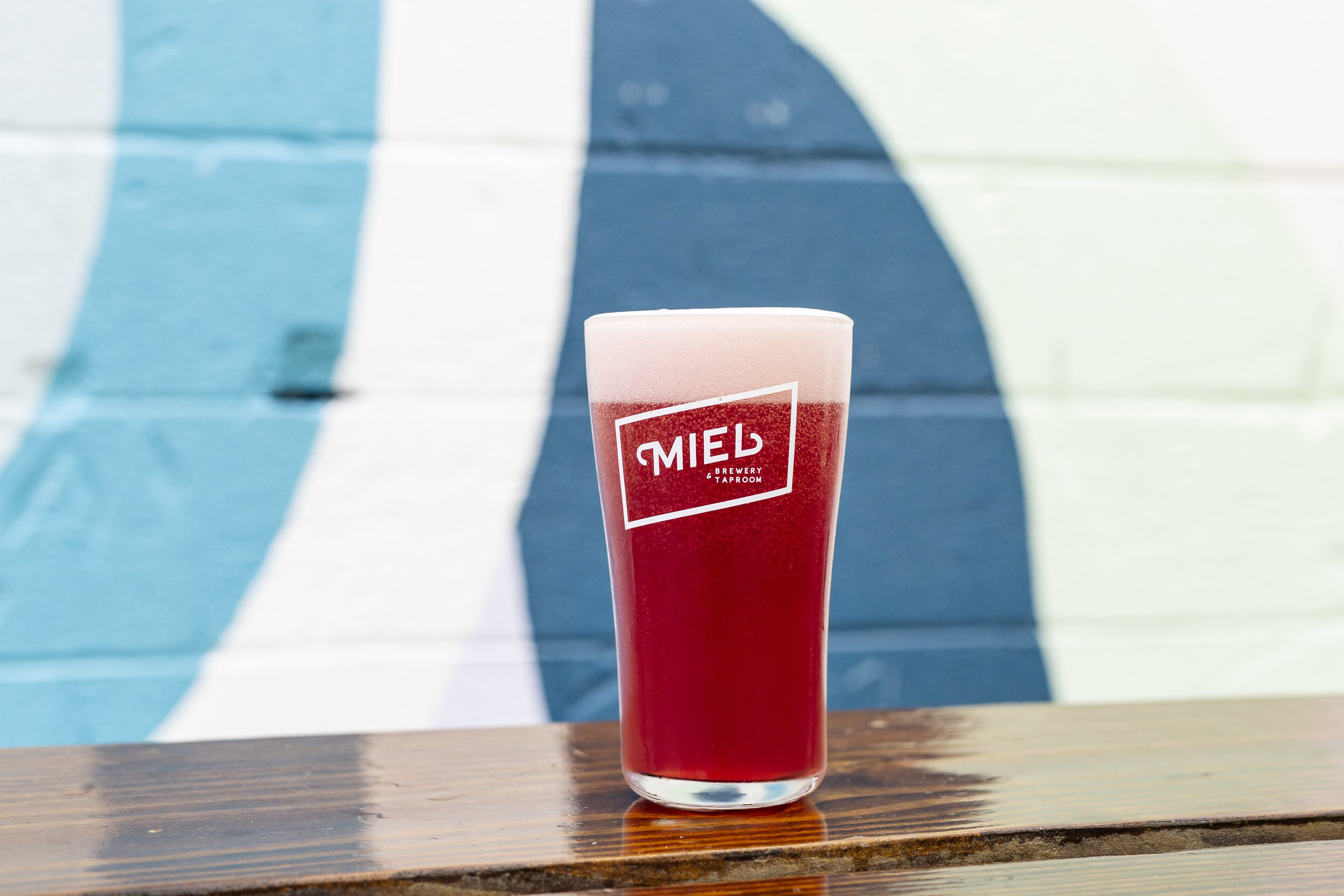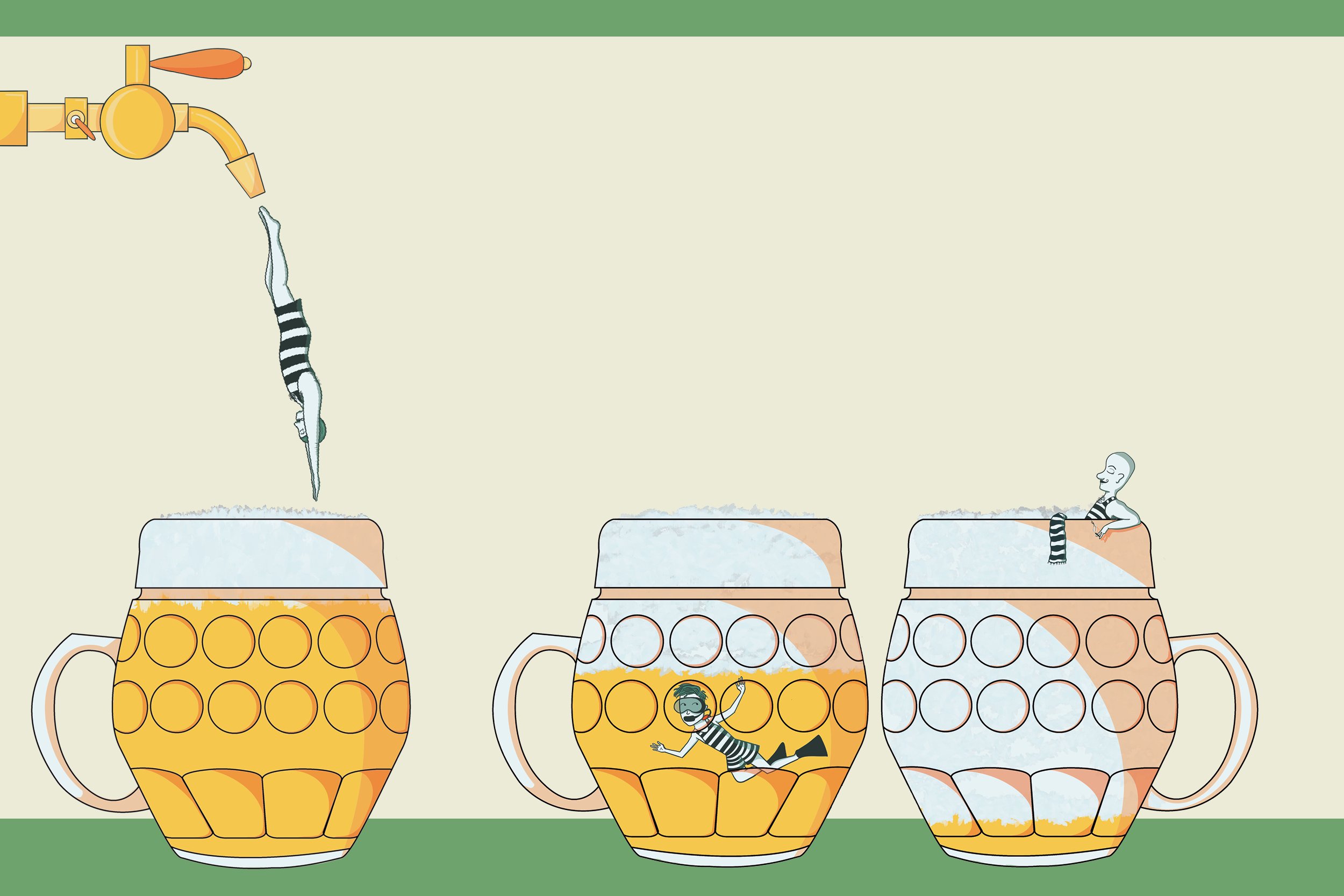The Forgotten Apples of Bent Mountain
Patrick Collins and Danielle LeCompte’s low-intervention Bent Mountain Cider is a love letter to Virginia.
photos: will blunt
When they started Patois Cider, Patrick Collins and Danielle LeCompte thought they’d found the perfect spot to plant their own trees and become an estate cidery.
But Virginia’s growing conditions can be fickle, a fact only made worse by a changing climate. Instead—in addition to rehabbing an orchard close to their home in Albemarle County—the couple gathers apples from abandoned sites and wild trees across the state. The Patois’ “Bent Mountain” is a prime example of what Collins and LeCompte do—a bright, crisp, single-orchard brew made exclusively from Albemarle Pippin apples, which once dominated orchards on the eastern slopes of the Blue Ridge Mountains. After studying historical records of Virginia orchards, they explored Bent Mountain and came across the Witts, who are growing blocks of 40- and 80-year-old Albemarle Pippins at elevations of 2,900 to 3,100 feet. It’s no longer a commercial orchard, so the fruit is left to grow as it wants, with little human intervention.
“The hypothesis is that sandy soil allows for drainage, so the Pippin doesn't succumb to bitter rot, which happens in clay soils,” Collins says. The bigger factor, says LeCompte, is the plot’s microbiome—they prefer harvesting from apple trees that are not often sprayed with fungicides. Because of this, the apple skin will have a greater diversity of microbes to more easily ferment. And while Pippins typically have a tropical, pineapple edge, the Bent Mountain apples taste more like strawberry cotton candy, even after it goes through malolactic fermentation.
Since it’s a single-site and single-apple variety, processing the entire cuvée takes about two weeks. “We did one pick pass and pressed it right away as a sort of pied du cuve,” says Collins. Once that culture was healthy, they added more pressings, fermenting it all with the apple skins for three days before pressing into a 500-liter French oak puncheon. The 2019 batch took until mid-January to become dry, requiring some stirring to encourage sugar consumption. “It stayed in the barrel until March, while I tried to build up a culture of yeast,” says Collins. The cider spends about a year in the bottles, getting extended lees contact before it’s riddled and disgorged by hand.
Every bottle, down to the label, is crafted with intention and infused with meaning. The 2019 crop was exposed to strong direct sunlight, giving the typically yellow-skinned Pippins streaks of red. So LeCompte made a cyanotype by layering four apple blossoms and using the sun to expose the print. “We do as much as we can ourselves. One, because we don’t have a lot of start-up capital,” says Collins with a laugh. “And two, because we’re a bunch of control freaks.”
Their interest in cider is bigger than the immediate satisfaction of booze and taste. As the land develops and orchards are bulldozed, making something beautiful out of what was once abandoned feels like a dare. “Part of the reason why we want to make ciders is to get folks to realize that where they live is capable of producing beauty,” says Collins. “I hope the ciders are an invitation to reconsider what they’re capable of and what their surroundings are capable of.



